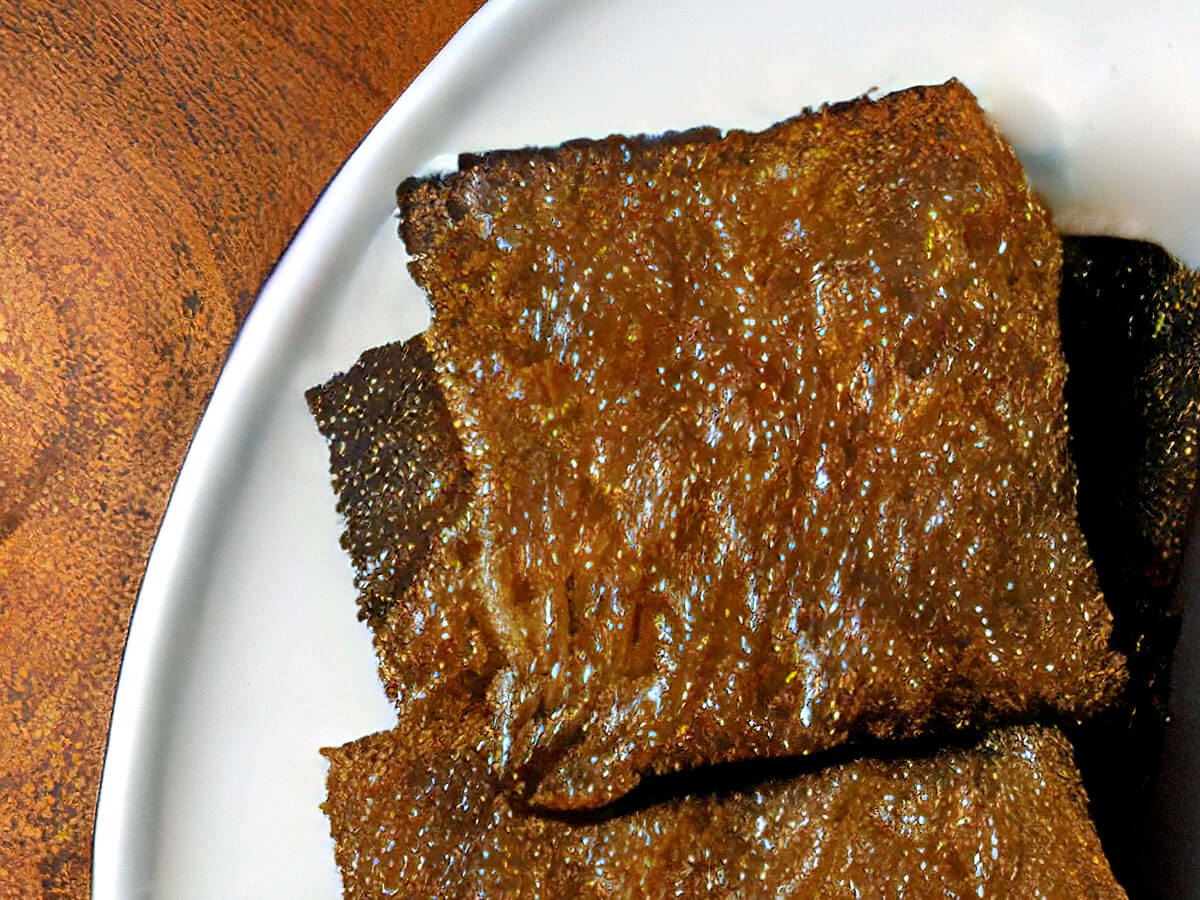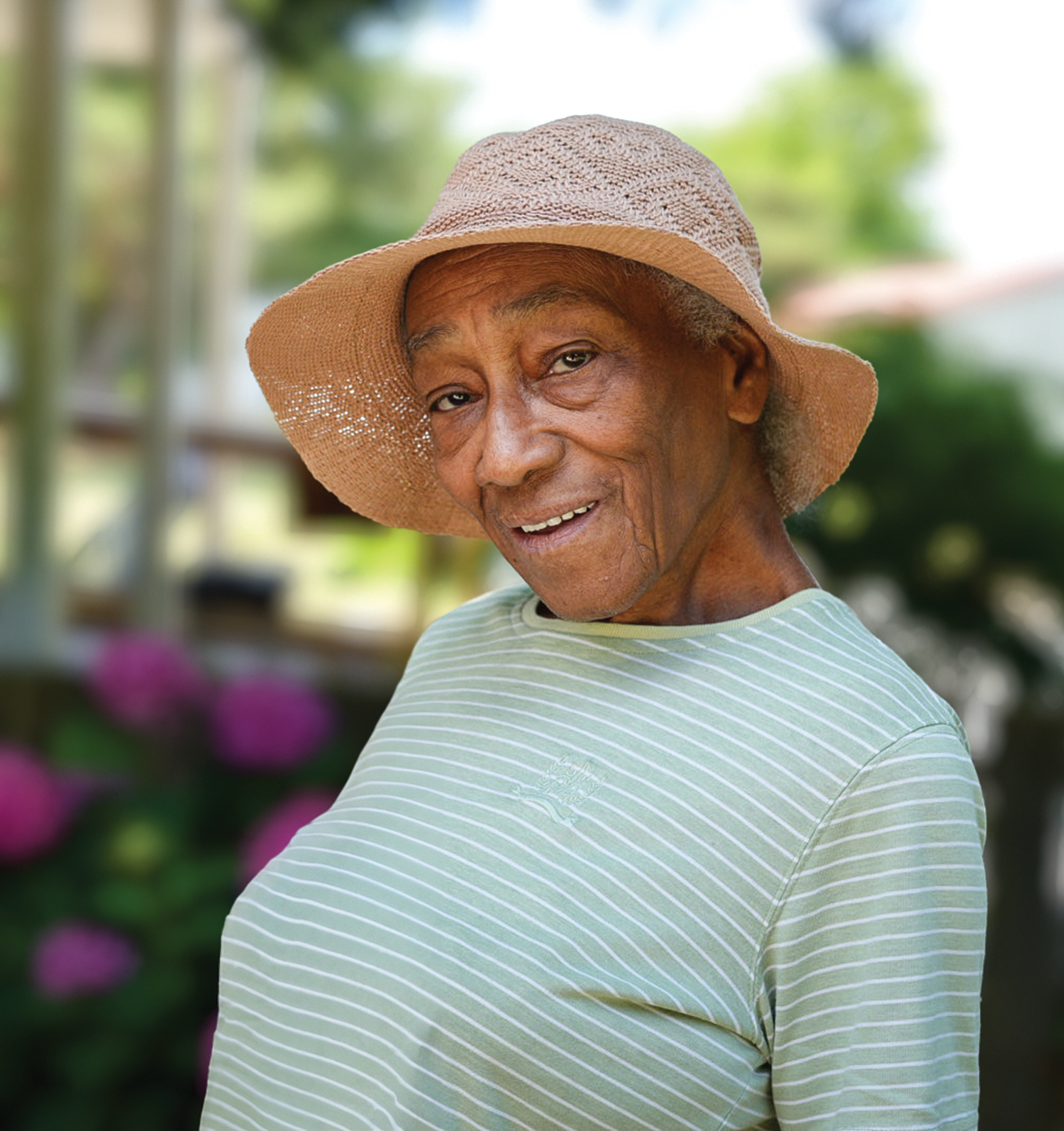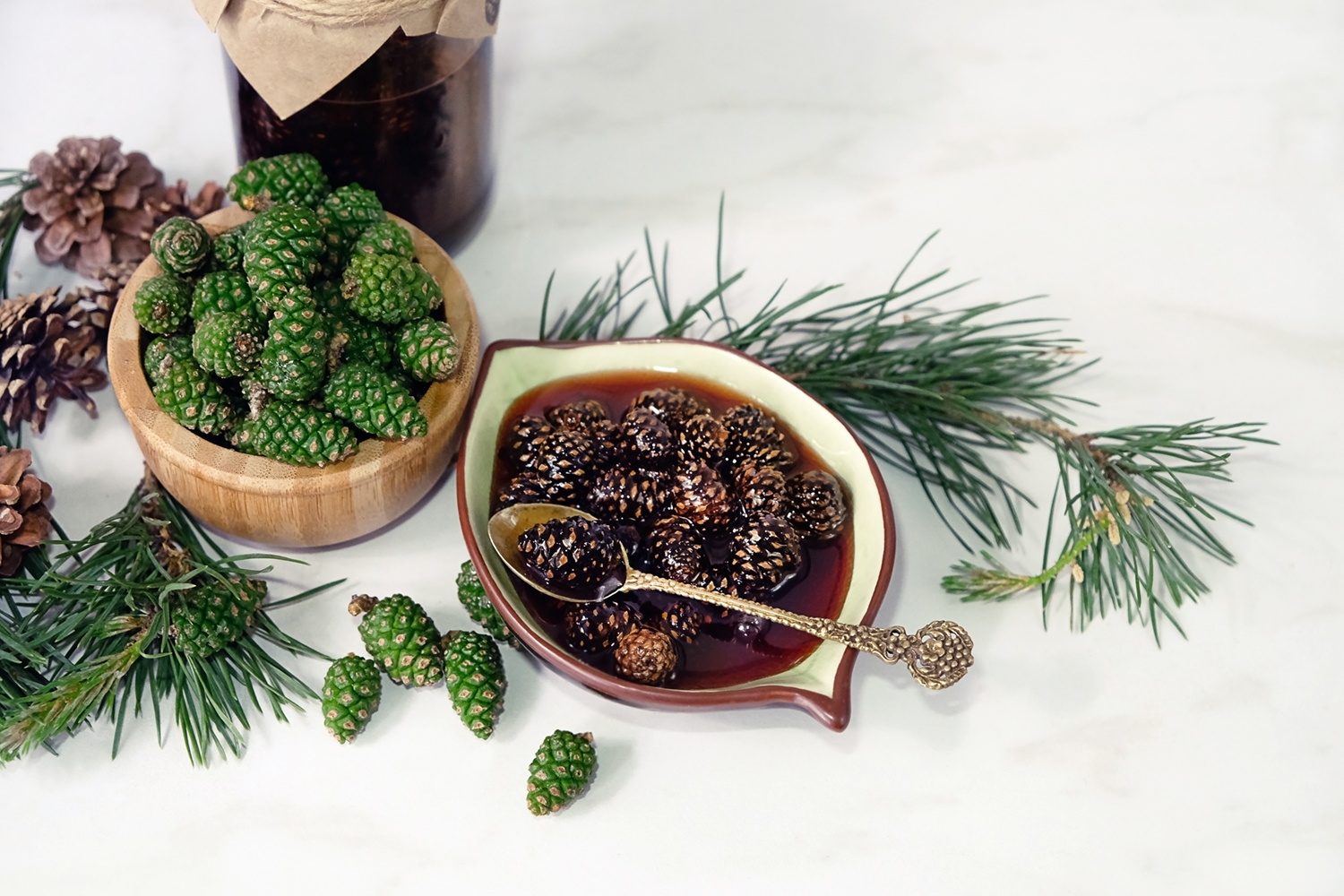Scrapple, a regional specialty of the Delmarva Peninsula, has a rich history that dates back to the early days of American settlement. This unique dish invokes passionate adoration and fierce debate among locals and visitors alike. With its origins deeply rooted in Pennsylvania Dutch cuisine, scrapple has evolved, and now countless variations and personal preferences exist. Today, it holds a special place in the hearts (and stomachs) of those who call Delmarva home.
The origins of scrapple can be traced back to the German-speaking regions of Europe. Immigrants from these regions brought their culinary traditions to America in the 17th and 18th centuries, settling primarily in Pennsylvania and Delaware. They found that scrapple was the best and tastiest way for every part of the animal to be utilized to minimize waste and maximize sustenance.
Traditionally, scrapple was made by combining leftover pork scraps, such as the head, heart, liver and other organs, with cornmeal, buckwheat, or a combination of both, along with various spices and seasonings. The mixture was simmered with stock until thickened, poured into loaf pans, and left to cool and solidify. Once chilled, the scrapple was sliced and fried until crispy outside, resulting in a hearty and flavorful breakfast staple.
As scrapple gained popularity across Delmarva, different regional variations emerged, each with its unique twist. Some enthusiasts preferred a higher ratio of cornmeal, while others favored buckwheat. The choice of seasoning also varied widely, with some opting for a blend of sage, thyme and black pepper, while others added nutmeg, allspice, or even cayenne pepper for a kick.
Scrapple can sometimes evolve and adapt to different dietary preferences and changing tastes. I have made it from uncommon foods such as duck or mushrooms. I was making it edible for the non-pork eaters, the squeamish and vegan-vegetarian diets. When I made it with duck confit, I even added foie gras to make it a higher luxury food and add richness.
Opinions differ greatly regarding the best way to enjoy scrapple. Some savor it on its own, crispy and brown, accompanied by a drizzle of maple syrup or apple butter. Others prefer to include it in sandwiches, breakfast burritos, or as a topping for eggs Benedict. Some people like to cut it thickly, and some like it a bit crispier by slicing it thinly. Regardless of the chosen presentation, the true essence of scrapple lies in its versatility and the nostalgia it evokes.
On Delmarva, numerous local brands have established themselves as scrapple pioneers, including Hughes, Rapa and Kirby & Holloway. Local manufacturers have become institutions, with generations of families relying on their trusted recipes for their beloved scrapple fixes. These brands, like the cherished traditions they represent, have become an integral part of the cultural fabric of Delmarva.
Scrapple, the most beloved and sometimes despised food of the Delmarva Peninsula, has endured the test of time. Its humble origins and evolution reflect the region’s rich heritage and diverse palates. Whether you prefer the traditional, tried-and-true recipe passed down through generations or the innovative twists that push the boundaries, one thing is certain: scrapple holds a special place in the hearts and breakfast plates of Delmarva residents.















